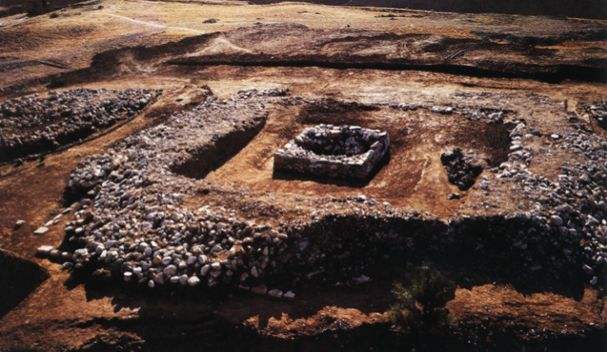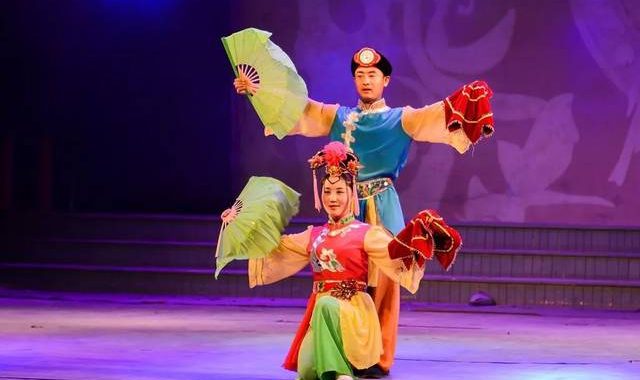The Goddess Temple
2 min readLike many archaeological finds in China, the happy accidents of discovery in modern times either by farmers, land developers and actual scientists have given insight into what were once thought of as lost cultures in areas that were not thought of having strongholds of cultural value. Farmers had been selling what they called “dragon bones”to local traditional Chinese pharmacologists later turned out to become the famed oracle bones shedding light onto the rich writing culture in China. In Jinsha, along the Yangtze River near downtown Chengdu in Sichuan Province, discoveries gave archaeologists insight into a culture that goes back thousands of years earlier than originally thought. In 1983, not far from the city of Chaoyang in Liaoning Province near the border of Jianping and Lingyuan counties up in the Nulu’ erhu Mountian valley the discovery of a female head made of clay with jade eyes set off an excavation that would unearth one of the oldest, best-preserved sites of prehistoric civilization in Chinese history.

What is now known as the Niuheliang Archaeological Site, and an official submission to the United Nations Educational, Scientific and Cultural Organization (UNESCO), has become one of the very symbols of the”5,000 years of culture”of China, dating back to around 5,500years ago. The site serves as the cornerstone of what is known as Hongshan Culture and pre-dates many traditional forms of ancestral worship and temple building that became commonplace later in imperial incarnations.

The temple site itself was excavated to reveal an ancient structure that was nearly 22 meters long and approximately 9 meters wide. Set below the soil the sunken temple was believed to be built not of stone but of wood and straw. The subterranean structure wasformed by connecting chambers and crossways that resemble a cross pattern with a large entrance and multiple worshipping chambers. Walls were decorated with geometric patterns and cloud motifs of different colors giving insight into the artistic mindset of this early group of people. The collection of artifacts including humanlike figures and animalistic statues and carvings has given archaeologists enough information to deduce the site was designed for worship.








